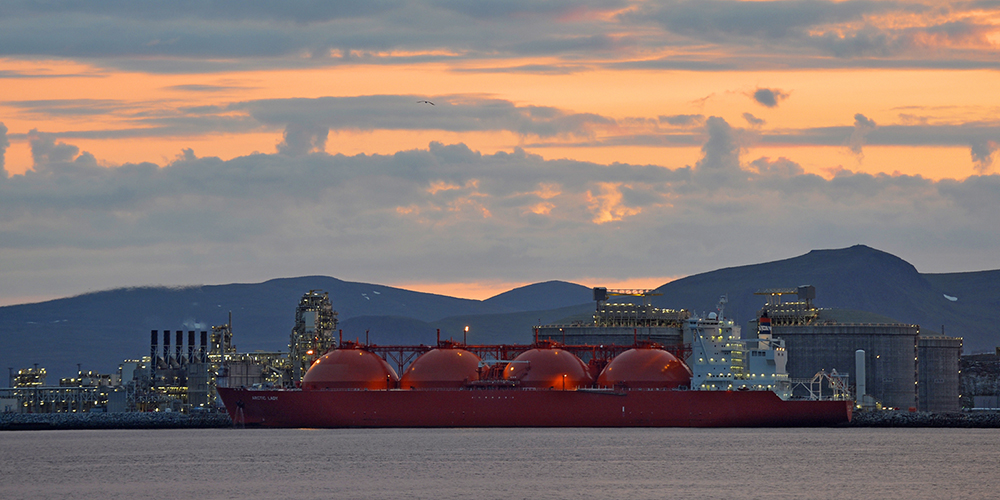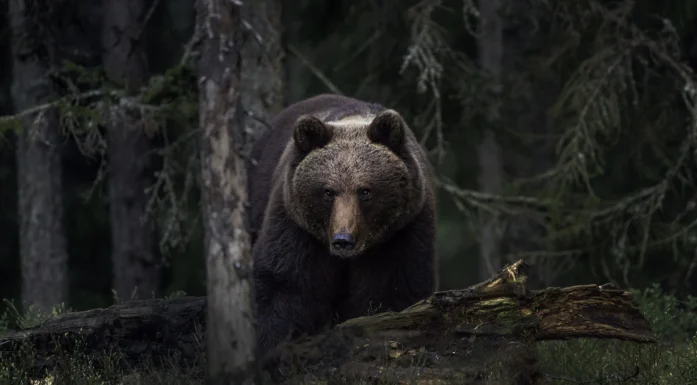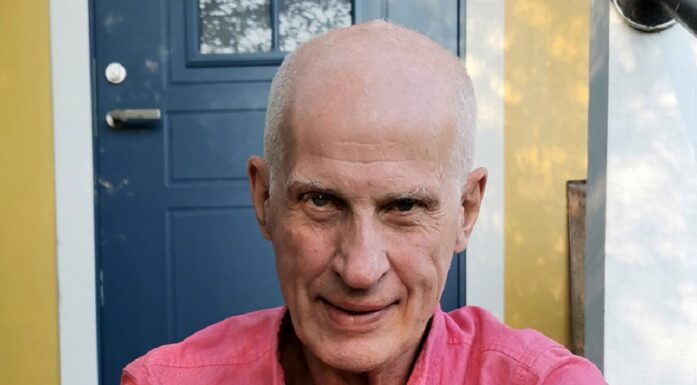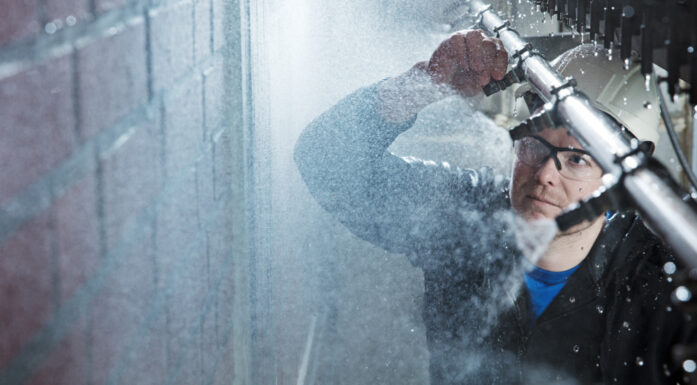What you need to know about carbon capture and storage
Capturing and storing carbon dioxide is one of the most important things we can do to prevent the most damaging effects of global warming.
CLIMATE CHANGE: We know a lot about capturing, transporting, and storing CO2. We know how to do it, and we have the technology. But we need to start doing it on a much larger scale.
The challenge with significantly reducing greenhouse gas emissions is so substantial that we really can’t permit ourselves to pick and choose between solutions. When it comes to carbon capture and storage, we need to be capturing as much as 3-5 gigatons of CO2 every year.
That’s what Professor Olav Bolland has written in an opinion piece in Trondheim’s daily newspaper, Adressavisen. Bolland is the head of the Department of Energy and Process Engineering at NTNU. Here is what he wrote:
We face the threat of climate change caused by man-made greenhouse gases, especially carbon dioxide. While we cannot prove with 100 per cent certainty that the changes we are experiencing have been caused by human activities, there has been a very clear development in the reports from the UN’s Intergovernmental Panel on Climate Change over the last 14 years, with each report increasingly confirming the likelihood that climate change is our own fault. The fifth and latest climate report used the words “extremely likely” to describe humankind’s role in causing climate change.
We have to do more, now
Capturing carbon dioxide from different emission sources and storing it safely, away from the atmosphere — which scientists and engineers call CCS — is just is one of a number of measures that society needs to embrace if we want to prevent the worst effects of climate change. The International Energy Agency recommends the following measures, all of which should all be taken, based on cost efficiency:
- Higher end-user efficiency for buildings, transport and industrial processes
- Improved efficiency in power production
- Increased use of renewable energy
- Replace the use of coal with biomass fuels and natural gas
- Bring back nuclear power
- Implement carbon capture and storage technologies (CSS)
The challenge of significantly reducing greenhouse gas emissions is so large that we cannot allow ourselves to choose between these measures. We need to use all of these methods to have enough of an effect on climate change.
CSS is a technology that separates CO2 from other gases, such as in the emissions coming from a power plant’s smokestack, and capturing it before it escapes into the atmosphere. It is then stored it deep under ground. CO2 is usually captured in one place and stored in another, meaning that the captured gas has to be transported.
Now it is all about scaling up: we have the technology for CO2 capture, transport and storage, and we know how to do it. We’ve done all the testing, we have all of the experience we need. The difference between what we’ve done so far and what we need to do in the future is that we need to do it in larger industrial plants, and at more of them.
Two successful storage projects
Norway currently has two large CO2 storage projects underway. These are the Sleipner project, which was started in 1996, and the Snøhvit project, which was started in 2007. In both these projects, about 1 million tons of CO2 are stored annually in deep-sea aquifers, which are underwater layers of porous sandstone. Our experience with these two projects has been very good, and the carbon dioxide stays in the ground.
In 2012, Norway also opened Technology Centre Mongstad, the world’s largest testing facility for CCS technology. Equipment suppliers use the Mongstad centre to test their technology on a fairly large scale, making it possible to prepare these technologies to be used at a larger scale.
In 1991, Norway introduced a CO2 tax that covers about 60 per cent of total emissions in Norway. The size of the CO2 tax varies between sectors. The oil and gas industry is the most heavily taxed sector. The Sleipner project was a result of the introduction of the CO2 tax.
CCS is completely dependent on a solid economic and judicial framework of CO2 taxes, CO2 quotas, emission restrictions for given plants, CO2 purchase agreements, and purchase agreements for electricity from power plants that use CCS.
CCS is about more than just building a few individual industrial plants that used the technology, it also involves:
- Substantial investments per plant at more than 100 plants around the world.
- Large amounts of CO2 that will need to processed, transported and stored in the ground.
- Legal disclaimers and agreements related to the local and global effects of potential CO2 storage leaks. Many different countries will likely make use of CCS technology in the future, which can cause difficult legal situations when it comes to assigning responsibility for potential leaks.
Researchers understand CSS technology, so today’s research mostly relates to:
- Reducing costs through better methods and technologies.
- Clarifying what types of plants should be using CCS. Should it be natural gas plants, coal plants, industrial factories?
- Finding appropriate locations for carbon storage.
- Learning more about CO2 that is stored in the ground for a long time.




